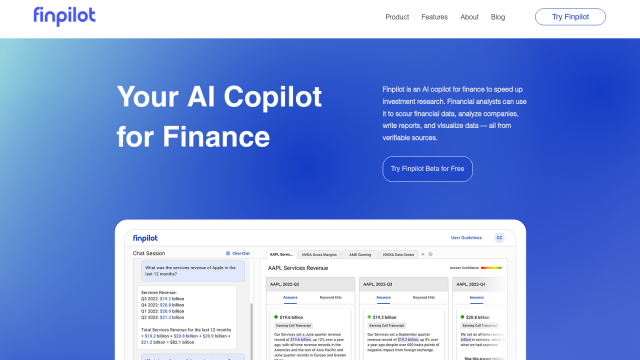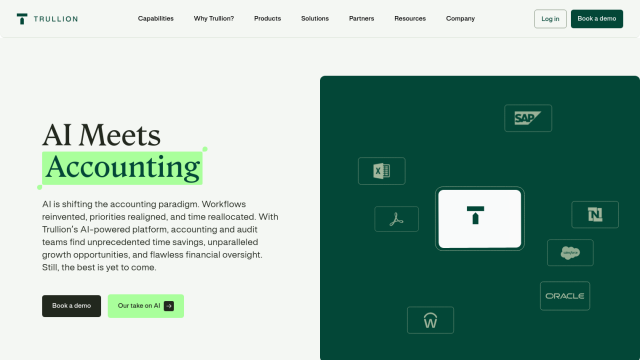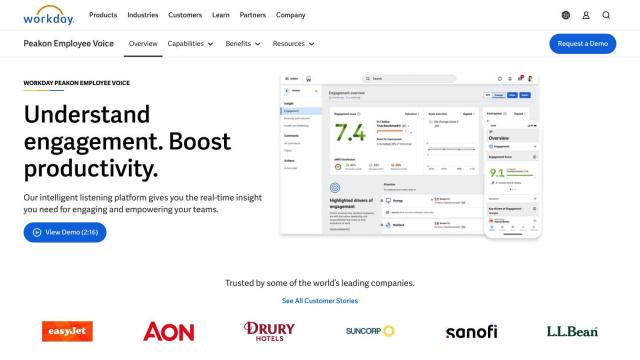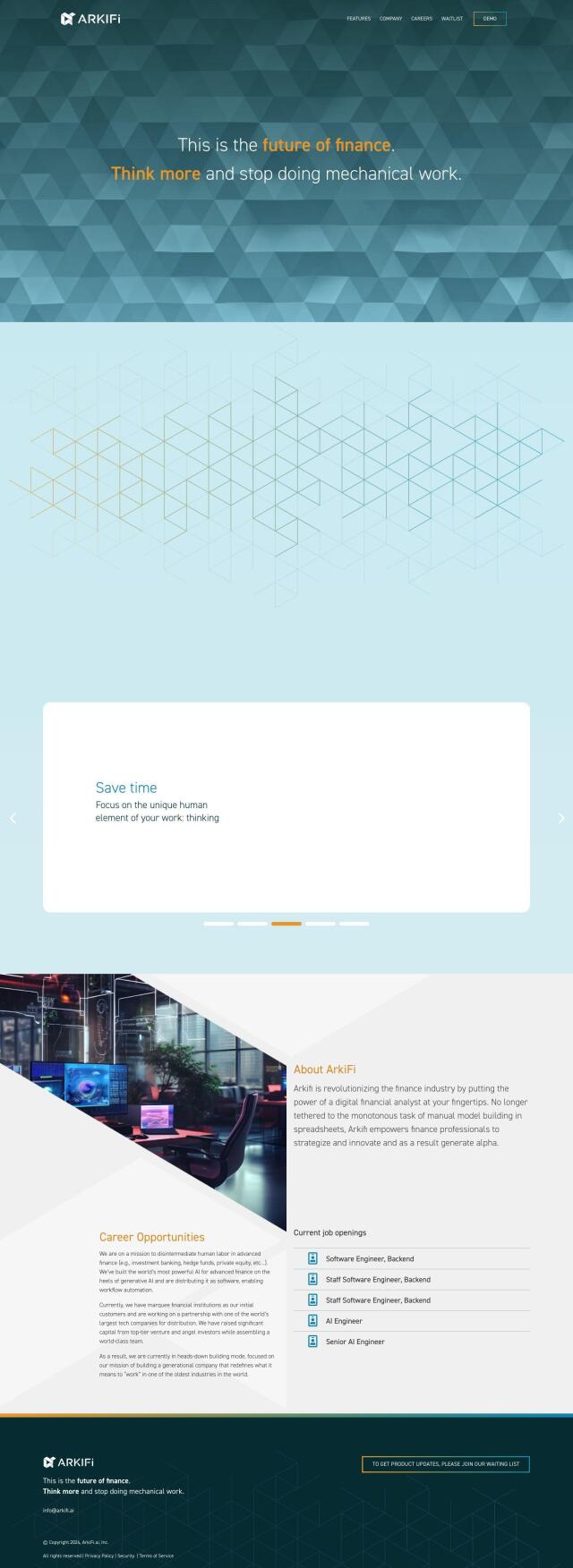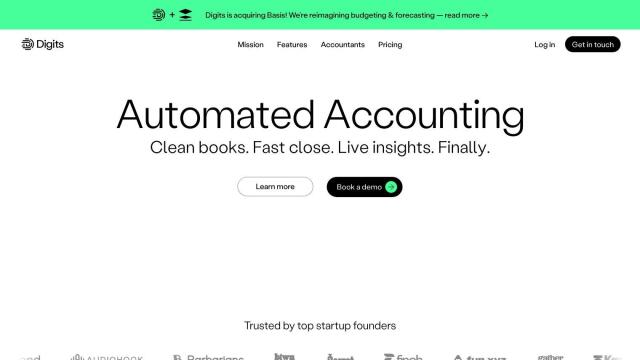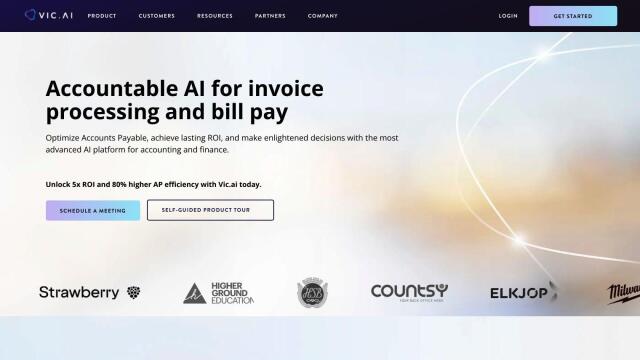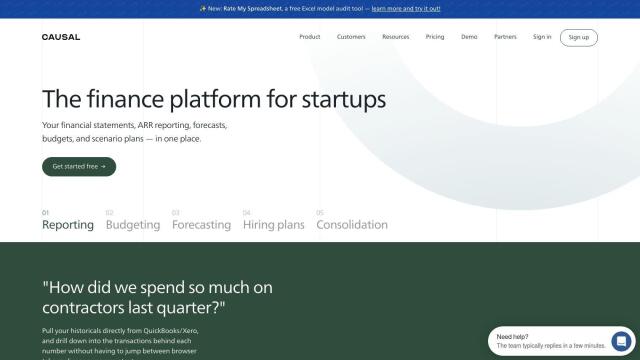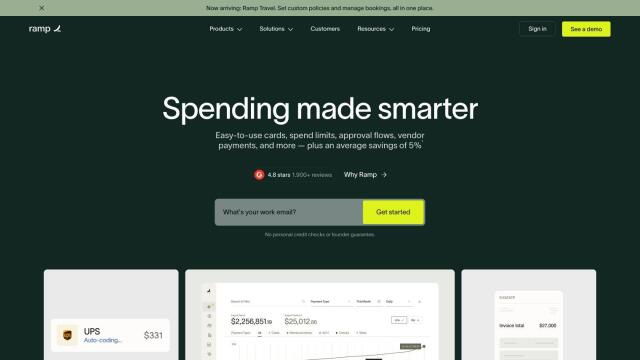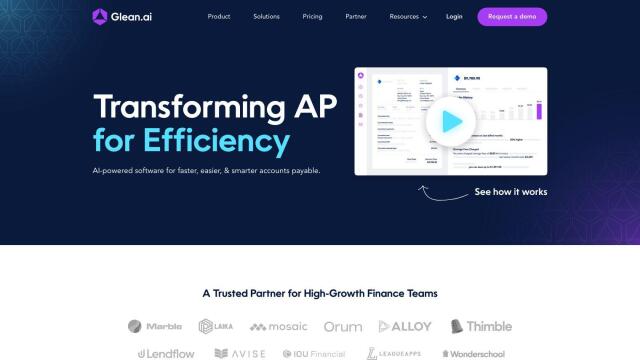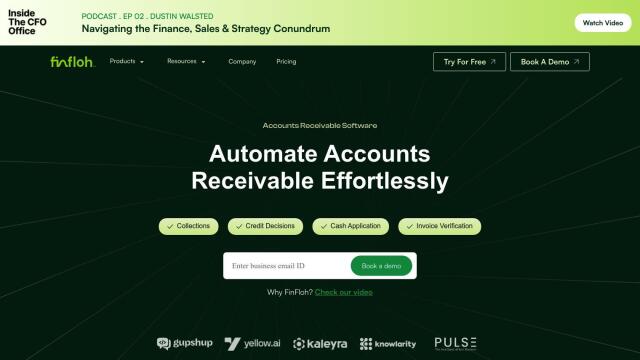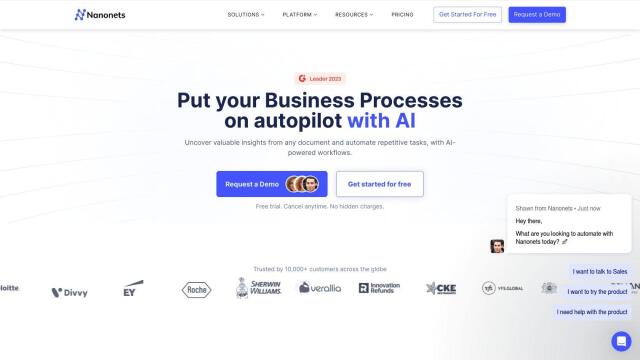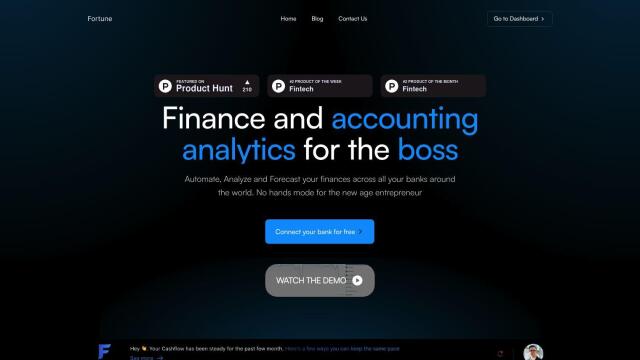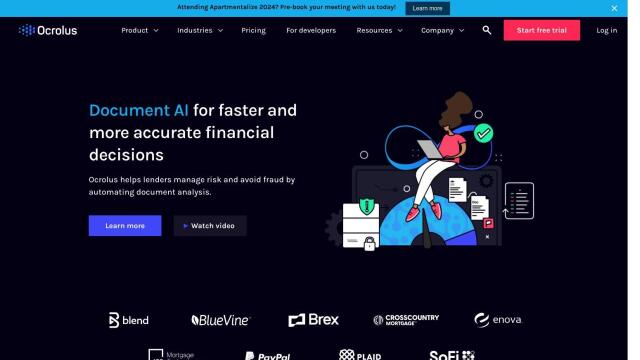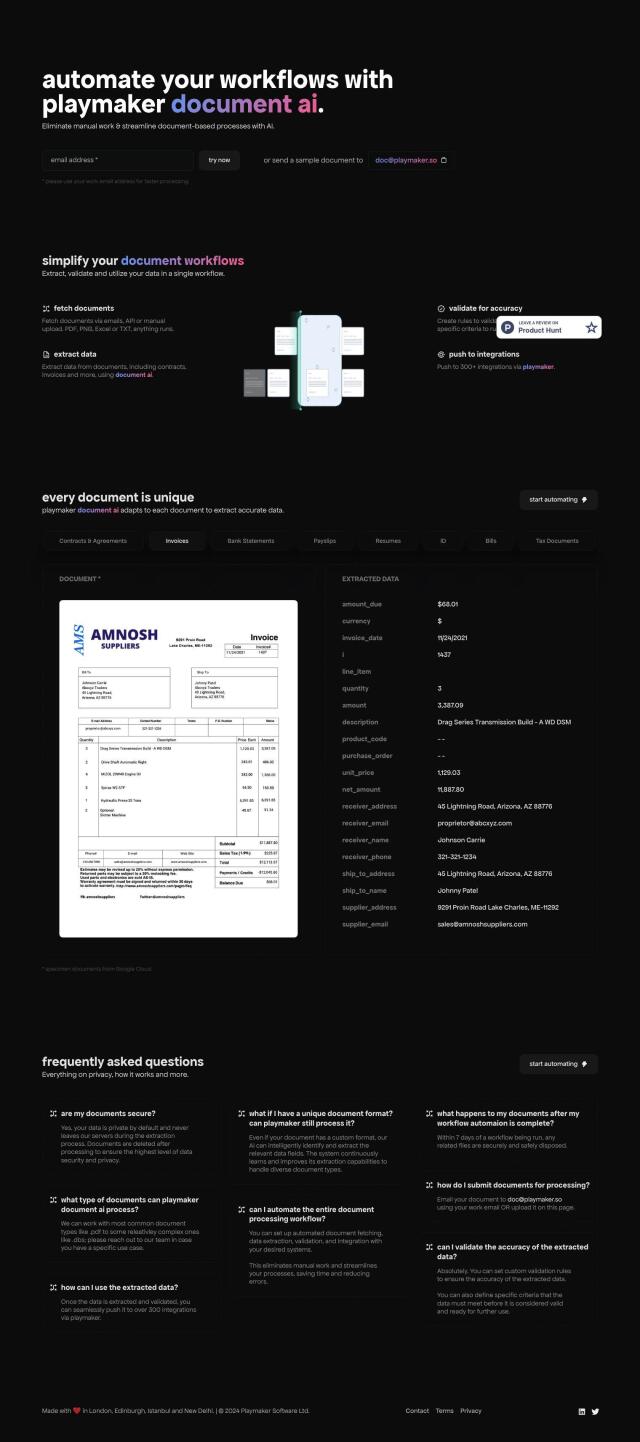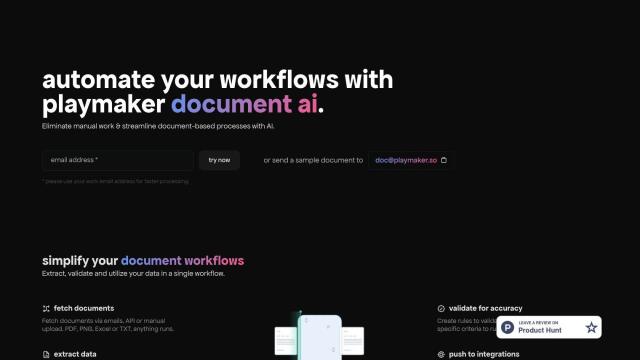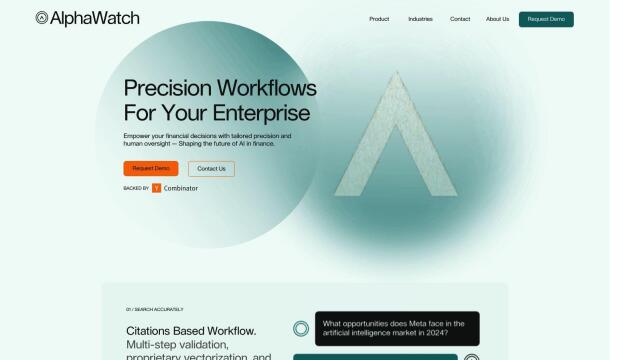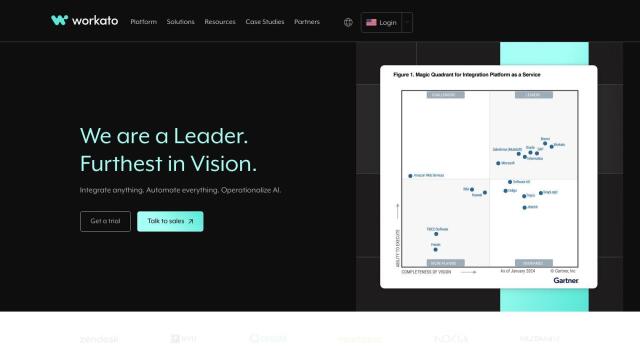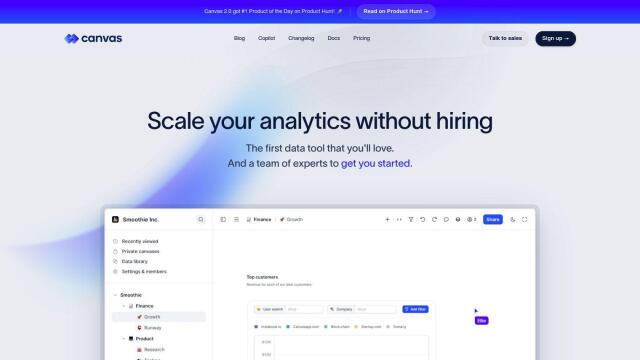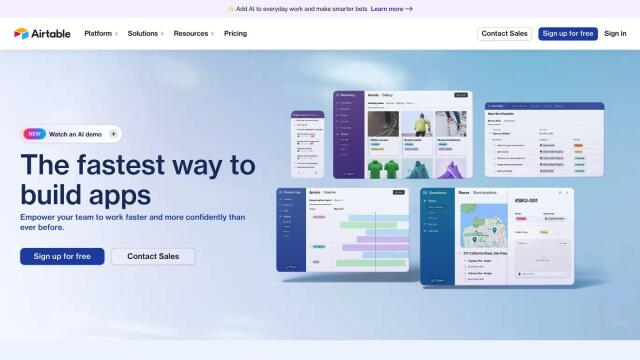Question: Can you suggest a tool that helps automate financial data consolidation and review for accuracy?

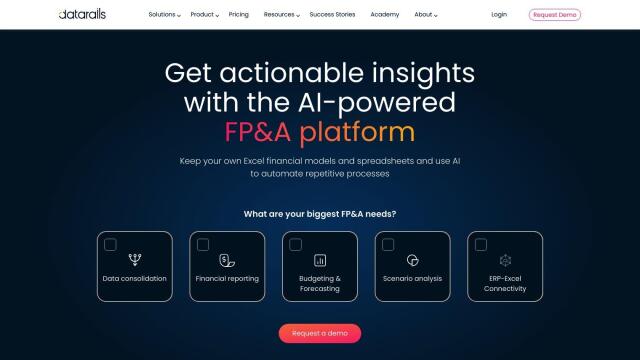
Datarails
If you're looking for a way to automate the consolidation and validation of financial data, Datarails is worth a look. It automates data consolidation, financial reporting, budgeting and forecasting, so finance teams can spend more time on strategy and less on data wrangling. Datarails integrates with accounting software, ERPs and CRMs, consolidating financial data into one place with AI-driven insights to help you focus on growth.


Facta
Another good choice is Facta, which consolidates and automates financial data from multiple sources into one unified data set without requiring a lot of programming. It lets finance teams do complex calculations with Excel formulas, aggregate and analyze data, and get real-time data updates. Facta is particularly useful for people who spend a lot of time in Excel, because it's got features like data slicing, filtering and dimensional flexibility that can help you keep financial data consistent and up to date.

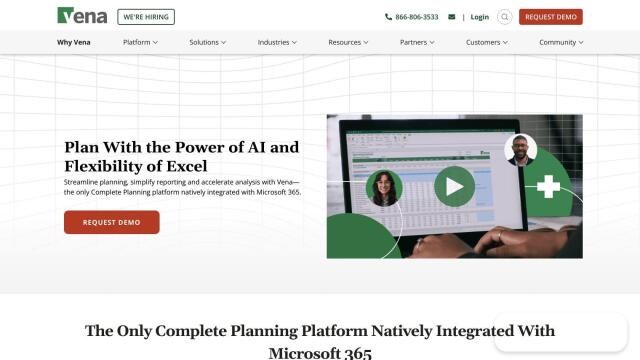
Vena
If you're looking for a more powerful financial planning and analysis tool, Vena is tightly integrated with Microsoft 365 to help with planning with AI and flexible data modeling. It covers a broad range of financial tasks, including budgeting, forecasting and financial consolidation. Vena also lets you import your existing Excel spreadsheets into the system for better forecasting and analysis.

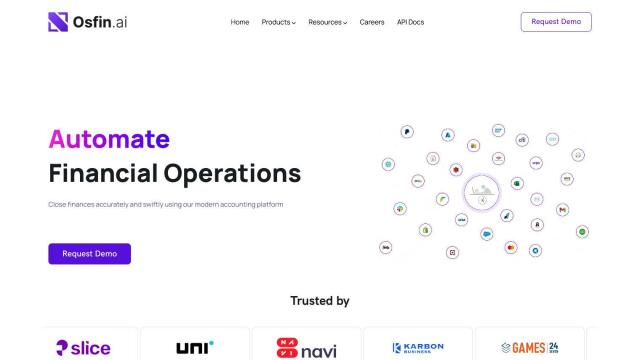
Osfin
If you're looking for automation specifically for financial processes, Osfin could be a good option. It automates reconciliation, invoice processing and payouts, with AI-augmented smart invoice processing and real-time visibility into cash flows. Osfin can integrate with other tools to provide transparency and efficiency in financial operations, cutting the time and effort required for financial work.

